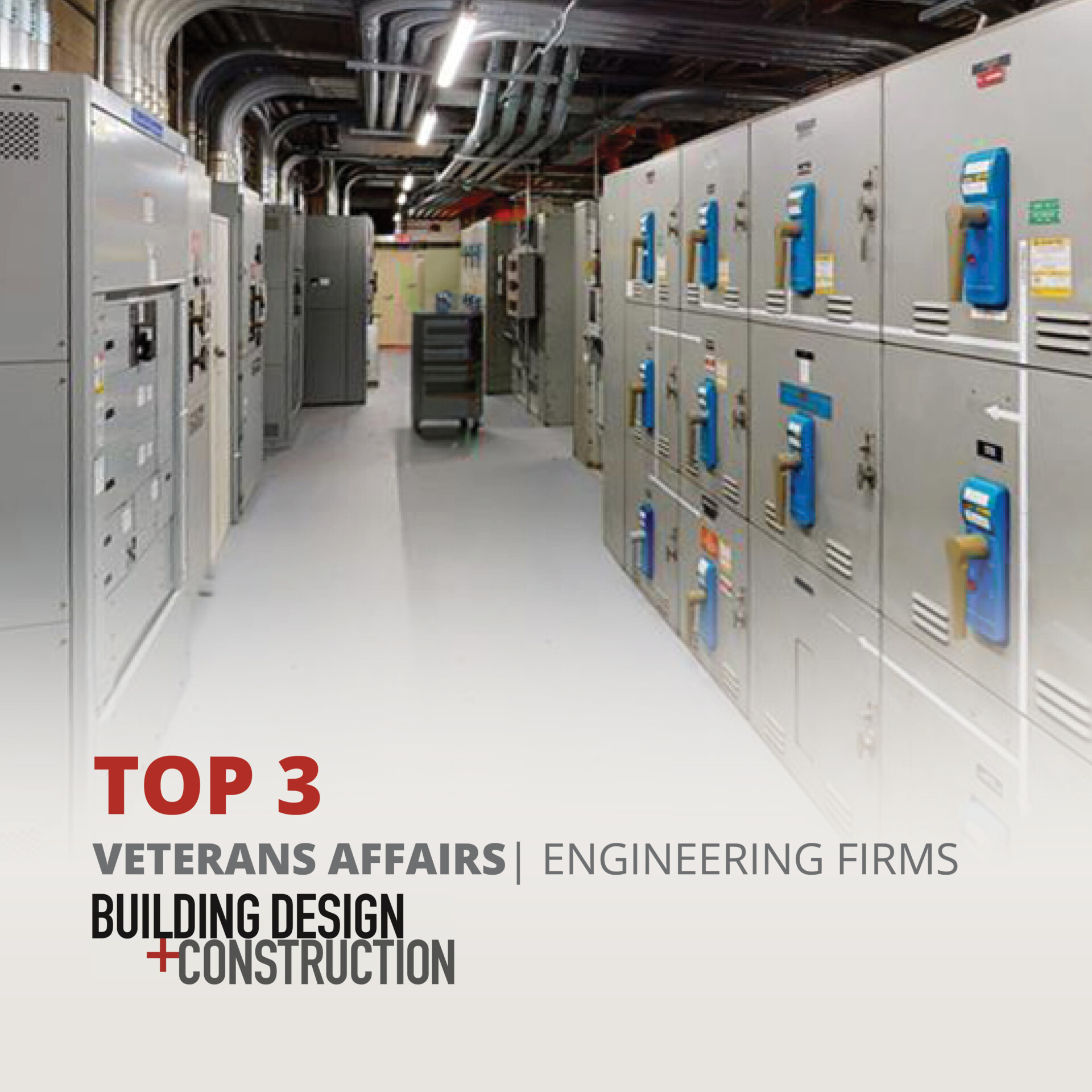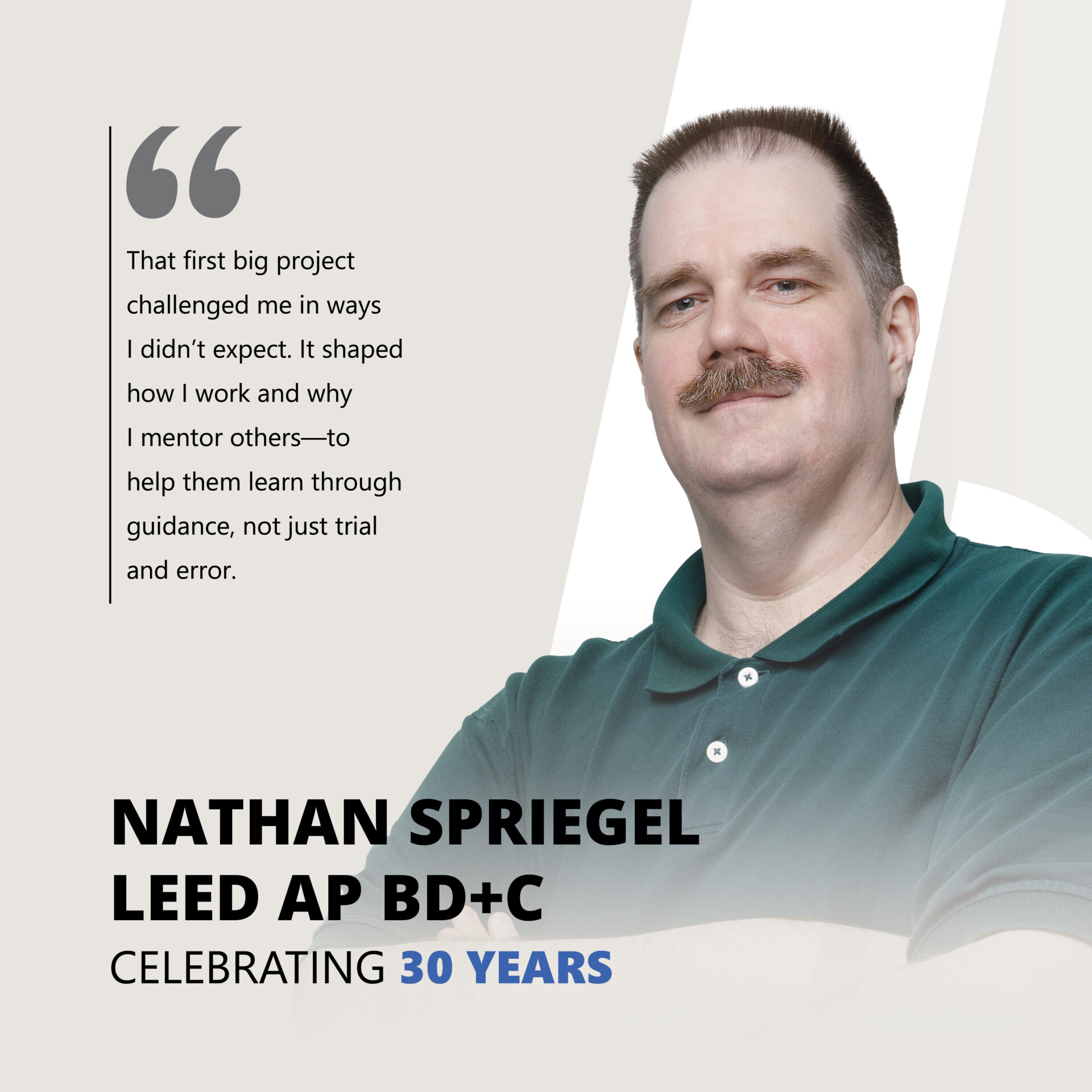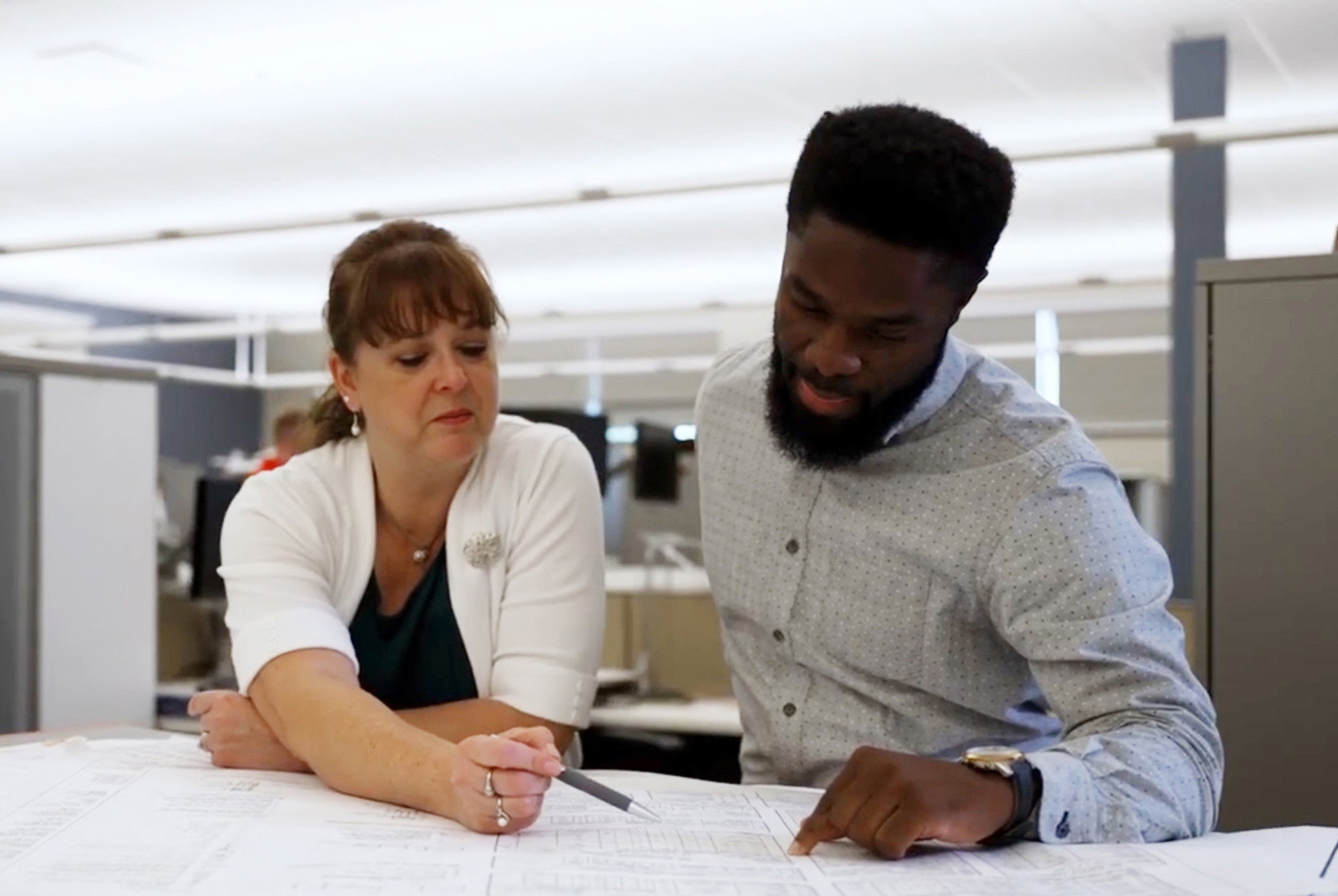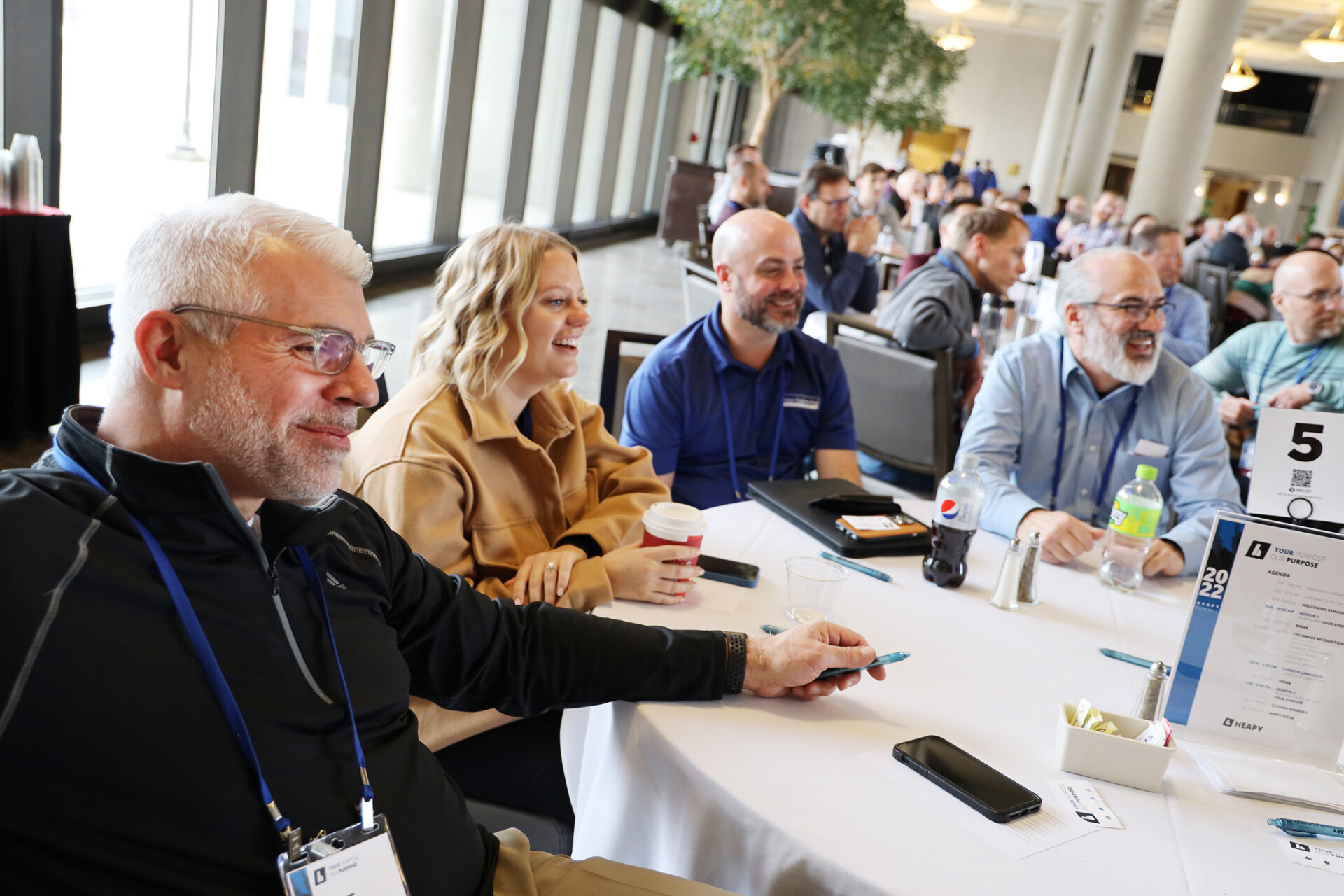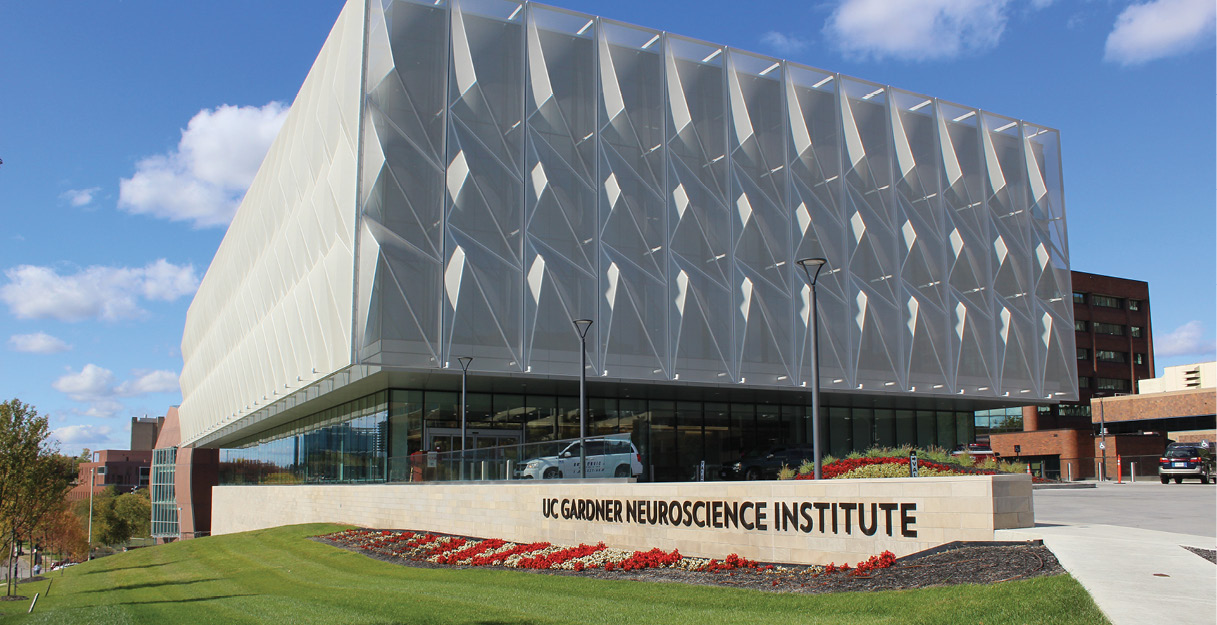
The University of Cincinnati Gardner Neuroscience Institute was the April 2020 cover story of Healthcare Design Magazine. HEAPY proudly worked with project partners Perkins+Will, Messer Construction, Hplex Solutions, Shell + Meyer Associates, Inc. and The Kleingers Group.
Completed in 2019, the $68 million UC Health Gardner Neuroscience Institute building brings together more than 125 faculty doctors and researchers with specialized staff. All outpatient neurological care and patient education activities are provided here while also providing patients better access to advanced clinical trials. The building is a four-story clinic space with two story parking garage below. The building is designed for vertical expansion.
The 194,000 SF building incorporates welcoming spaces natural light, which studies have shown promote patient healing. The building has convenient amenities, including underground parking, a café, patient lounge, auditorium and an outdoor rehabilitation space.
The project, led by HPLEX as the Owner’s representative, had over 100 exam/consult rooms, multiple procedure rooms, and imaging including MRI, X-ray and a future PET-CT. There was an infusion department and an associated compounding pharmacy with hazardous and non-hazardous clean rooms which complied with USP 800.
The project used a multi-disciplinary team consisting of owner, architect, construction manager and sub-contractors at the beginning of the project to assure the project would come in budget and on schedule. The project came in below budget and ahead of schedule. The team worked very closely and evaluated various options of using stand-alone utilities as well as using the campus chilled and steam utility infrastructure. The team looked at the total cost of ownership of the building and decided to use the campus infrastructure, which required carefully coordinated site utility package to tie into the campus tunnel system.
The team worked closely with the clinicians to understand the neurological patient population and provide an intentional design to provide the best patient experience. The patients are sensitive to sound and light. HEAPY worked with a sound consultant to develop mechanical systems that reduced sound and vibration in the occupied spaces. Access to natural light was really important to the user group and also had to control any shadows that could be created by the sun. Perkins & Will and HEAPY worked together to develop energy models for scenarios maximizing the daylight into the space. The team was able to use full height glass throughout the entire building and used a unique tensile fabric sun shading screen over the curtain wall system. The fabric provided the necessary shading to allow full height glass, glare and shadow control and provide a stunning exterior image. This passive solar shading also allowed the mechanical systems to be reduced saving first cost as well as energy cost for the life of the building.
https://www.healthcaredesignmagazine.com/projects/brain-power/
The project has received the following awards:
- Design Excellence, Distinguished Building – AIA Chicago, 2019
- Winner: Healthcare Category – The Architect’s Newspaper, 2019
- Editor’s Pick: Façades Category – The Architect’s Newspaper, 2019
- Bronze Award, Healthcare Category – WAN Awards, 2019
- Build Ohio Award – Associated General Contractors of Ohio, 2019
- Award of Merit – ENR Midwest, 2019
- Honorable Mention, Conceptual Design Category – Contract Magazine, 2018
